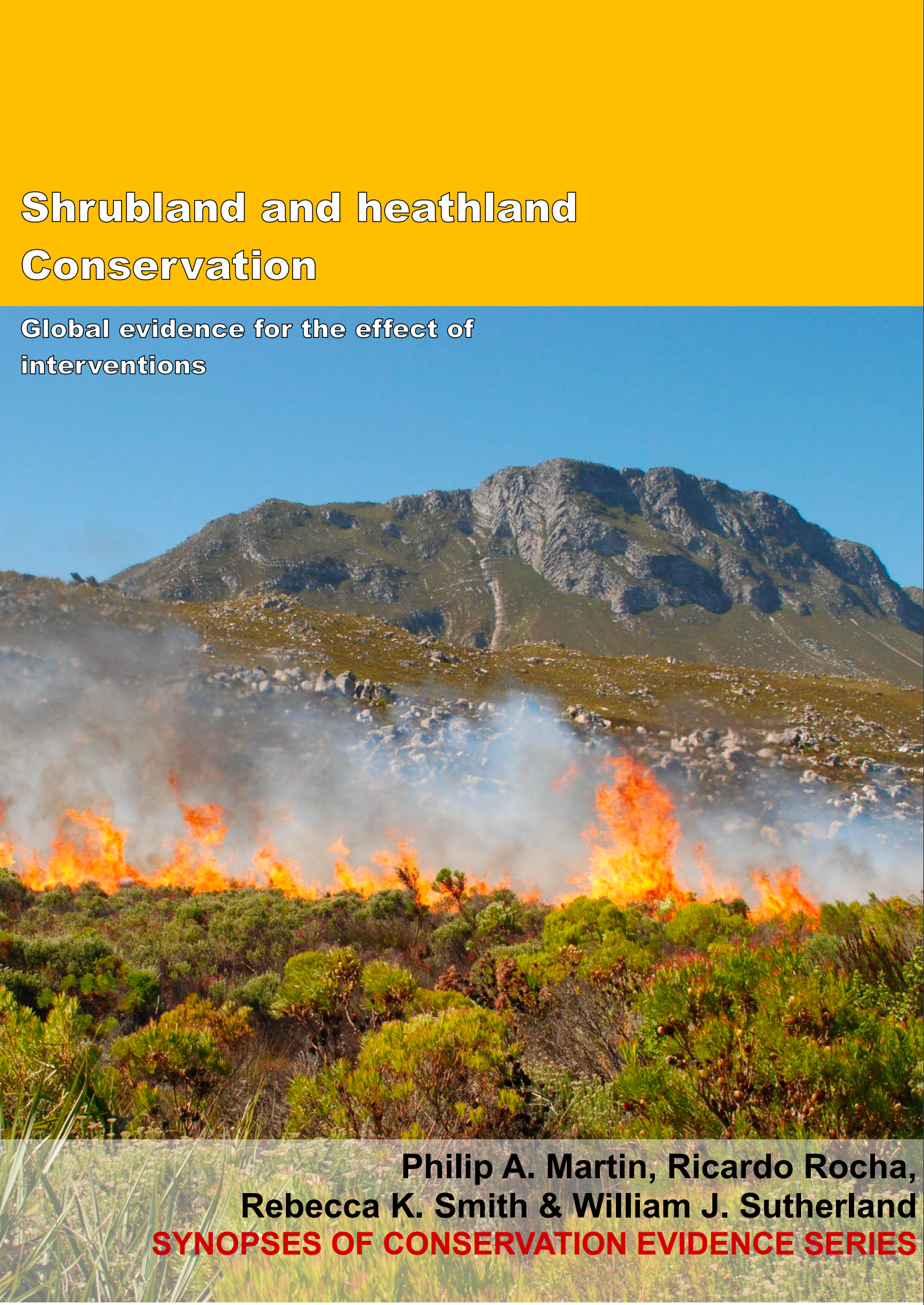Rotovate to control grass
-
Overall effectiveness category Unknown effectiveness (limited evidence)
-
Number of studies: 1
View assessment score
Hide assessment score
How is the evidence assessed?
-
Effectiveness
0% -
Certainty
5% -
Harms
0%
Study locations
Supporting evidence from individual studies
A replicated, controlled study in 1996–1998 in a heathland invaded by wavy hair-grass Deschampsia flexuosa in Breckland, UK (1) found that rotovating did not decrease the presence of wavy-hair grass or increase the presence of heather Calluna vulgaris relative to mowing or cutting turf. After two years, wavy hair-grass presence in plots that had been rotovated (99% of plots) was not significantly different to presence in mown plots (100% of plots) or plots where turf had been cut (98% of plots). After two years, heather presence did not differ significantly between plots that had been rotovated (10% of plots) and those that had been mown (5% of plots) or where turf was cut (24% of plots). In August 1996 a number of 0.5 ha areas were rotovated, grass was cut to a height of 10 cm or less in a number of 1-2 ha blocks, and in five 4 m2 areas turf and soil were removed to a depth of 10 cm. Five 4 m2 plots were established in each of the areas subject to different interventions. Each plot was divided into a grid of 20 cm x 20 cm squares and presence of species was recorded in each square twice a year in 1996–1998.
Study and other actions tested
Where has this evidence come from?
List of journals searched by synopsis
All the journals searched for all synopses
This Action forms part of the Action Synopsis:
Shrubland and Heathland Conservation
Shrubland and Heathland Conservation - Published 2017
Shrubland and Heathland synopsis





)_2023.JPG)














